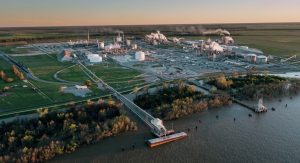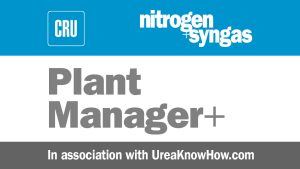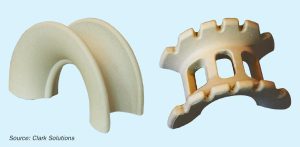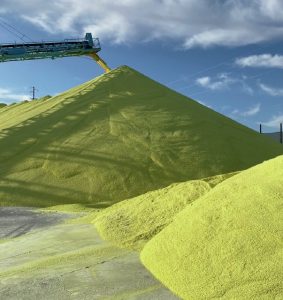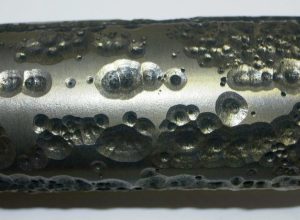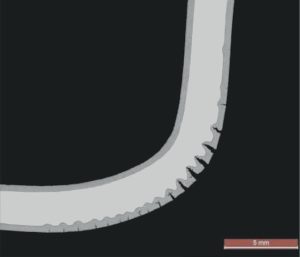
People
Anglo American plc has announced a number of senior leadership changes. Seamus French has decided to leave Anglo American at the end of 2021 after 14 years with the company and will be replaced as CEO of Bulk Commodities by Themba Mkhwanazi , currently CEO of Kumba Iron Ore. Mpumi Zikalala , currently managing director of De Beers Managed Operations, has been appointed as CEO of Kumba. Both appointments will take effect on 1st January 2022. Mpumi’s successor at De Beers Managed Operations will be confirmed in due course.

